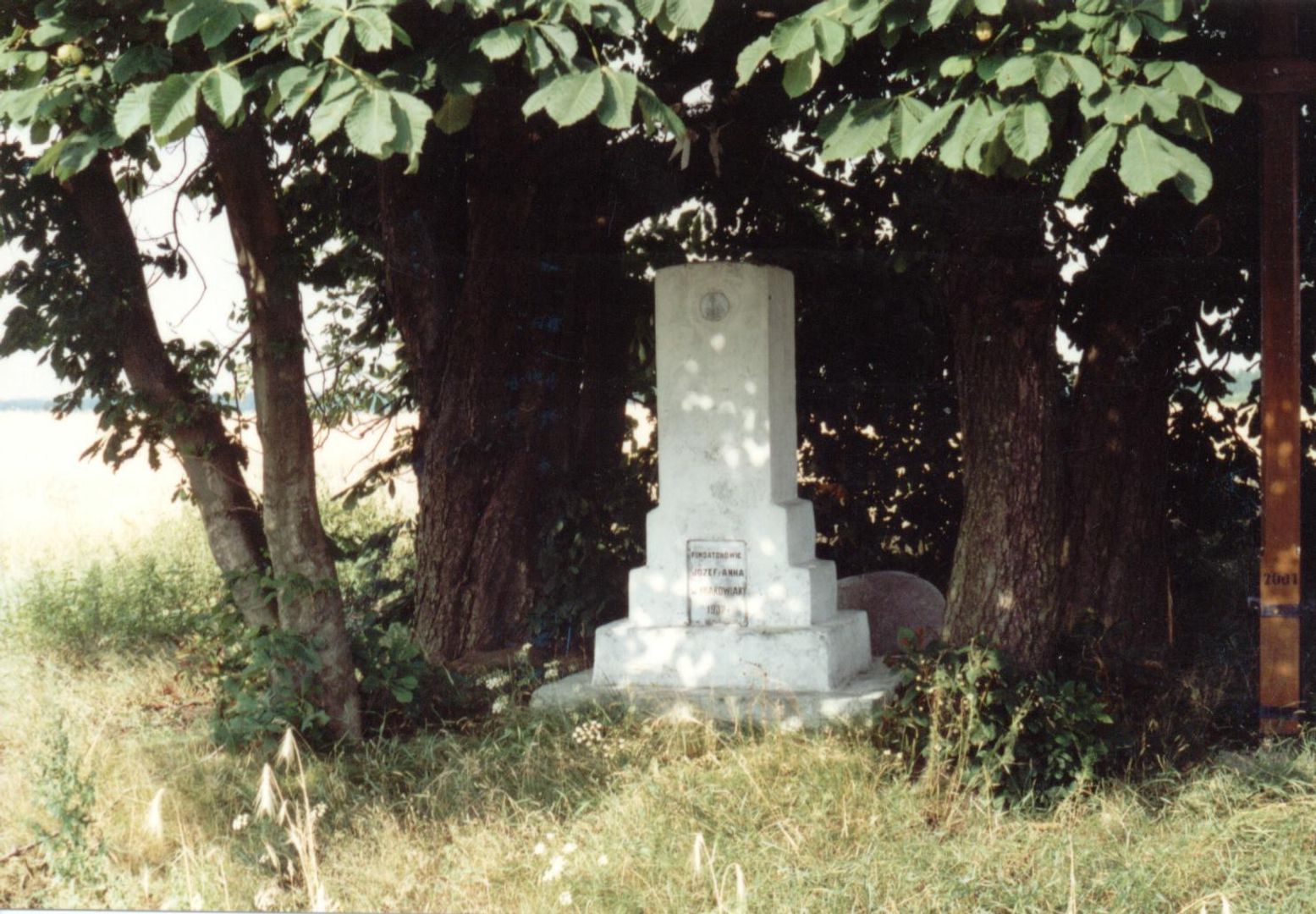Old Rawa
6.16

Overview
Stara Rawa is a village in the Łódź Voivodeship, in the municipality of Nowy Kawęczyn, with approximately 170 inhabitants. The settlement is situated on the Łowicz-Błonie Plain, near the border of the Bolimów Landscape Park and the Rawka River. The main source of income for the residents is agriculture, while convenient transport links to nearby cities also facilitate employment in industry and services.
Architecturally, the village is distinguished by its wooden church dedicated to St. Apostles Simon and Jude Thaddeus, built in the 18th century, featuring Baroque decor and three altars. Next to the church stands a wooden belfry and a cemetery with historic tombstones. Stara Rawa also boasts a medieval stronghold, which once served as a knights' outpost. The history of the village is complemented by legends of its founding by the Rawicz clan and the fact that it was once the original location of Rawa Mazowiecka. In the past, the village was an important center, with five inns operating here in the 15th and 16th centuries.
An interesting fact is that during the Swedish Deluge, the King of Sweden, Charles X Gustav, stopped in Stara Rawa. In 2011, during a pilgrimage, a monument was consecrated in honor of Zygmunt Malacki, the guide of the Warsaw Academic Metropolitan Pilgrimage. Despite losing its significance after the relocation of Rawa Mazowiecka, Stara Rawa has preserved its monuments and historical character, which continues to attract the interest of tourists and historians.
Location
2025 Wizytor | All Rights Reserved